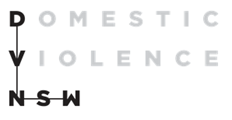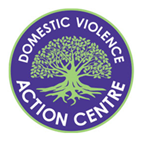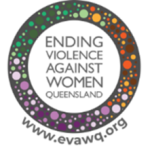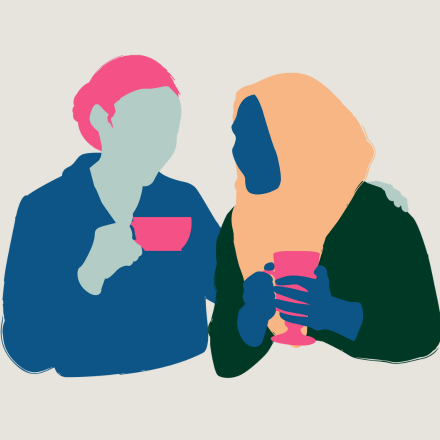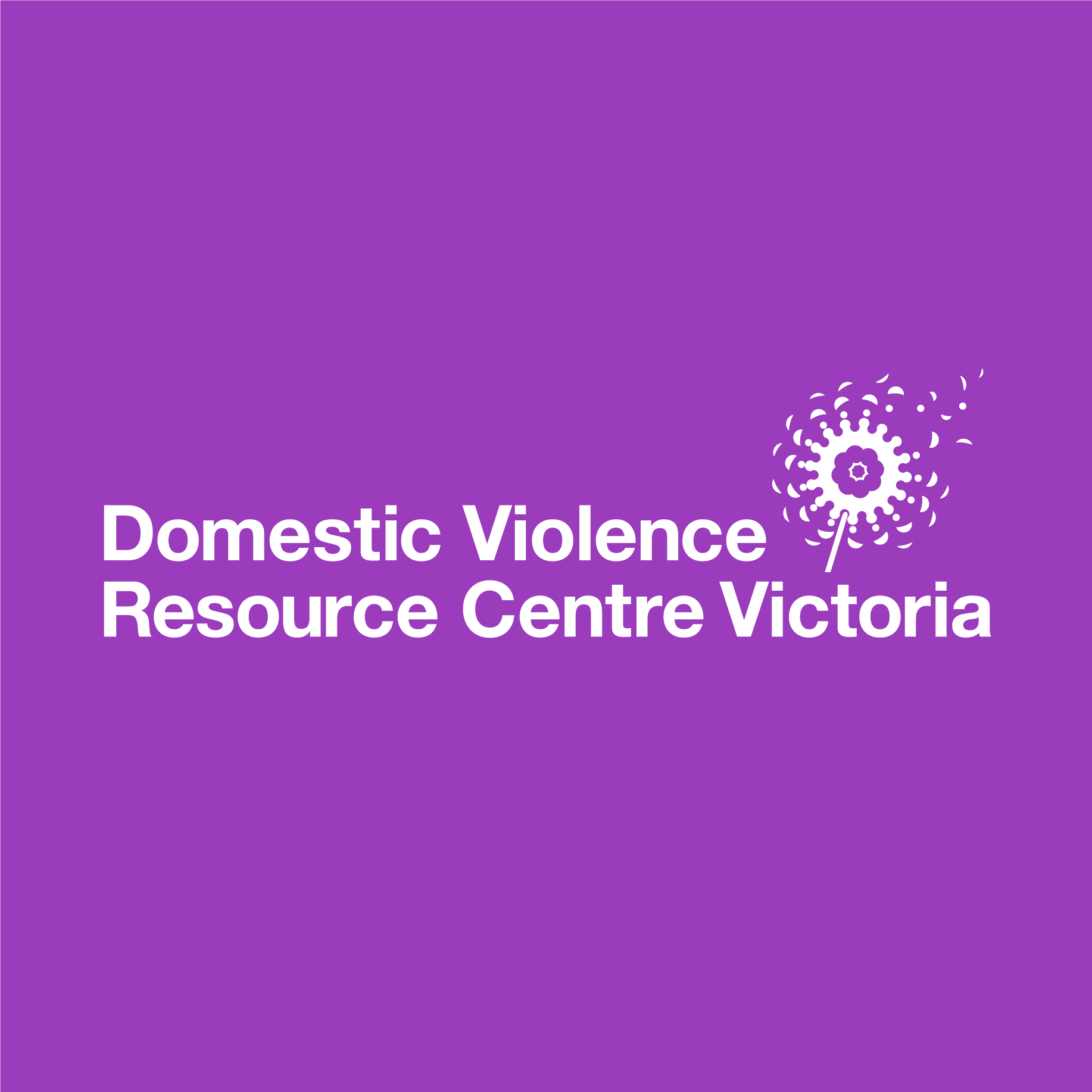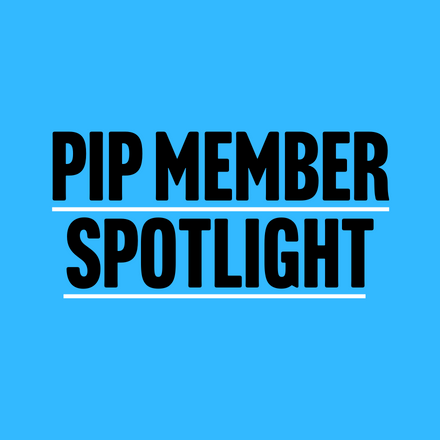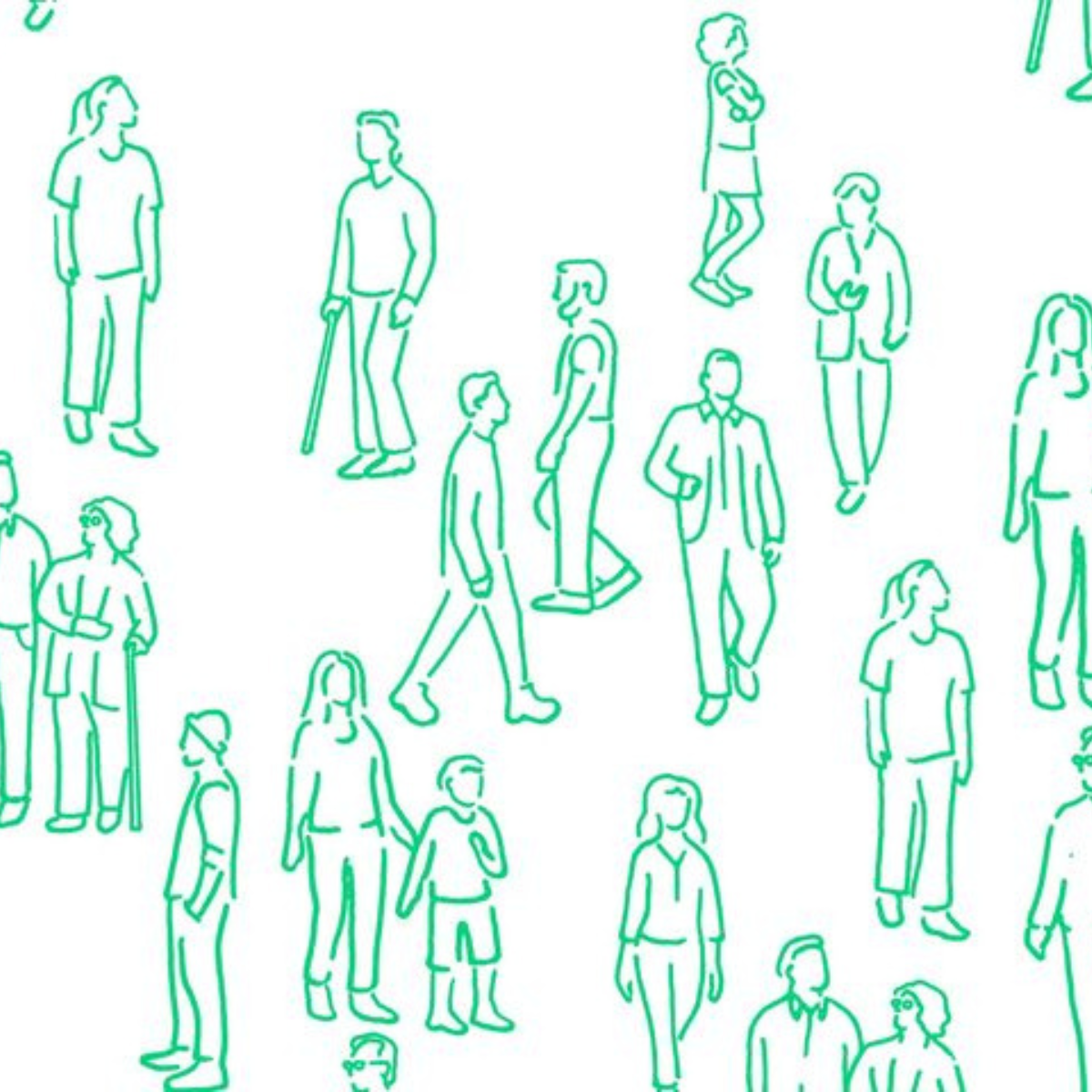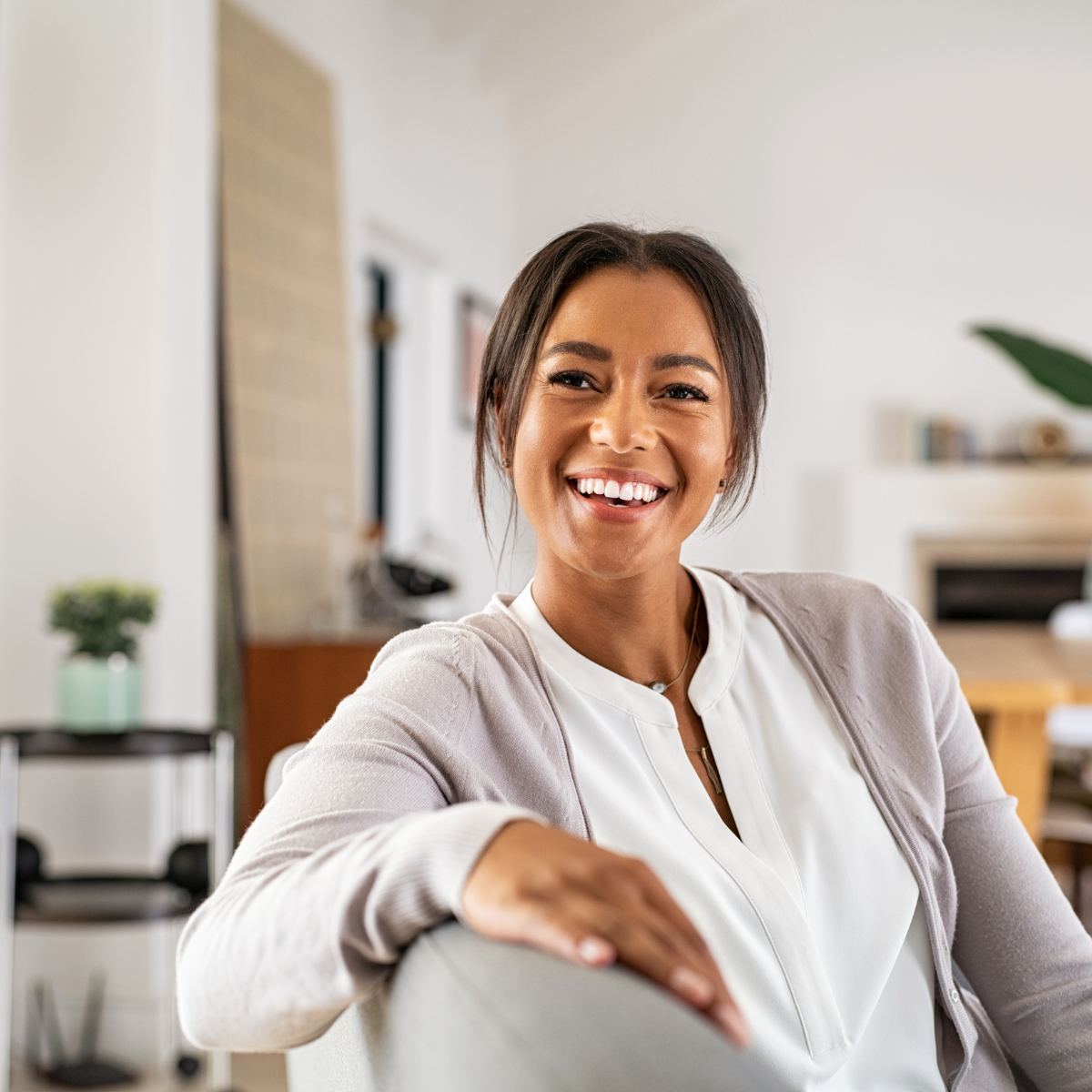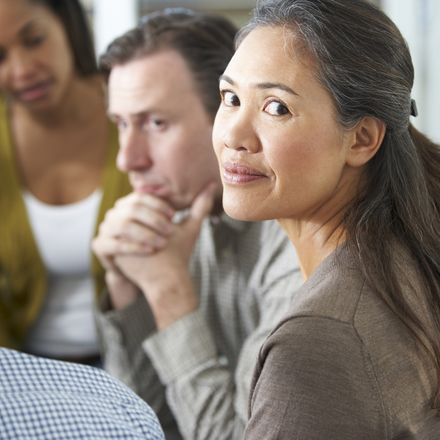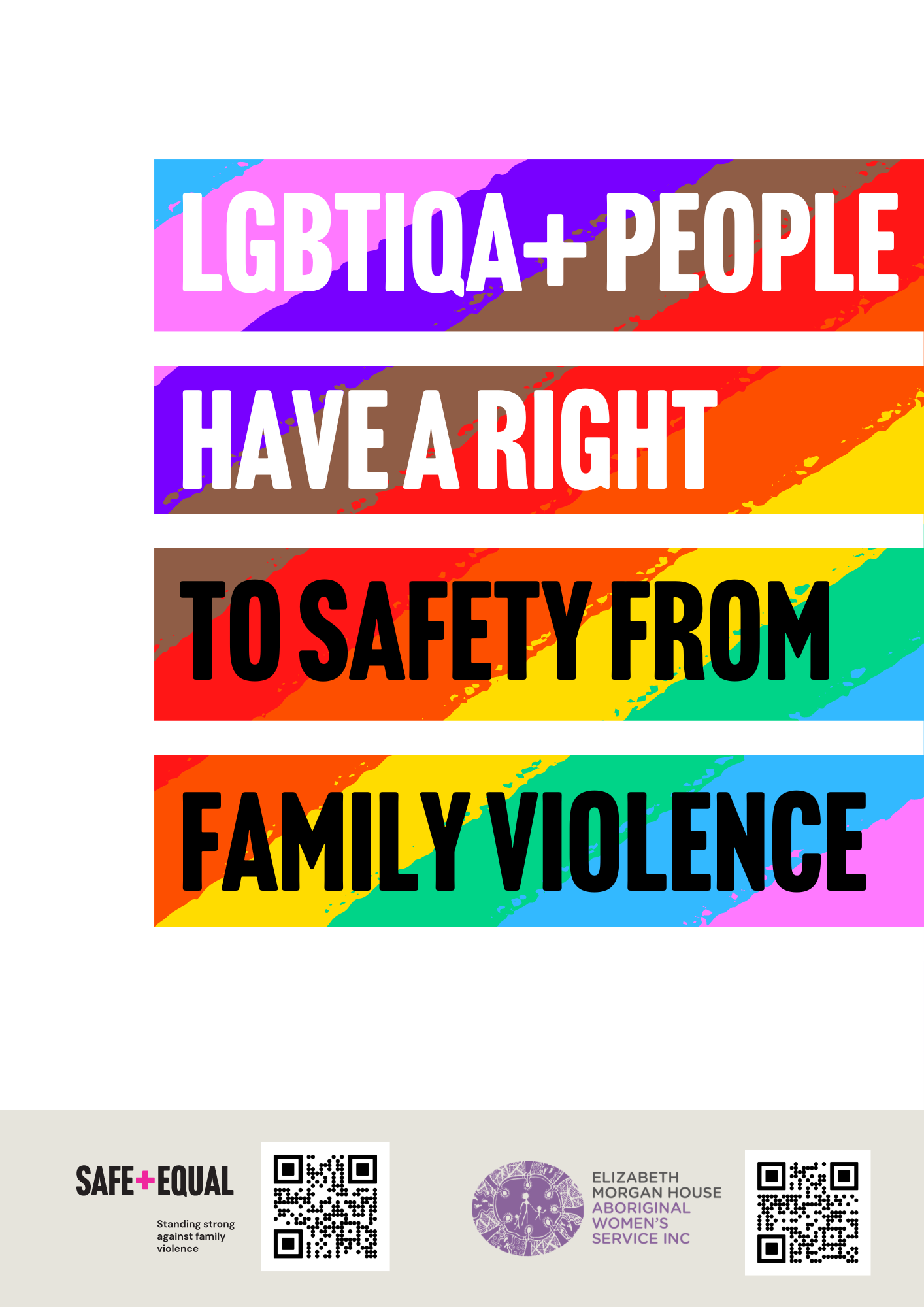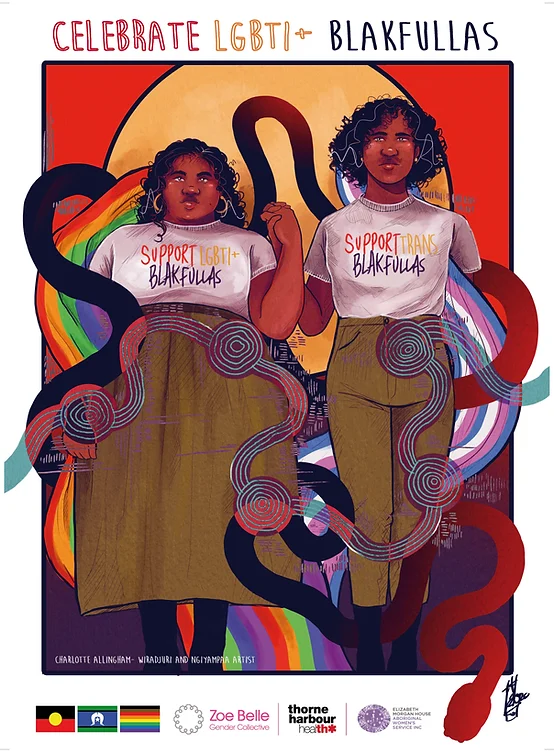This year, 35 women have already been killed by men’s violence in Australia^. This is unacceptable, and signals that we have a long way to go to eliminate family and gender-based violence in this country.
For many of us, this can often feel overwhelming and frustrating. Why aren’t we doing more? Is it completely hopeless? Will this never end?
But the reality is, it doesn’t have to be like this. Family violence is entirely preventable. And as individuals, we all have a part to play in preventing it.
Of course, government plays a significant role. We need ongoing commitment and investment from all levels of government, to increase funding for the specialist family violence services who support victim survivors, and for prevention initiatives to stop violence before it starts. This is crucial.
But as individuals, we also have an important role to play.
Recently, I spoke to the team at Future Women as part of their outstanding podcast series, ‘There’s No Place Like Home.’ The series focuses on the warning signs of domestic violence, and what friends and family can look out for.
As discussed in the podcast, for many victim survivors it is the people closest to them who will be the first to notice something isn’t right. It is these people – the best mates, the work colleagues, the next-door neighbours – who are in a unique position to offer support and make a difference.
Maybe you’ve seen some concerning signs, things that feel like red flags. But maybe you don’t know what to say, or how to help.
The first thing I would say is don’t ignore that instinct. Chances are, your gut is right.
But what if you’re not sure it’s family violence?
Family violence isn’t just physical abuse.
Family violence can take many forms – physical, emotional, financial – and it’s common for a victim survivor to experience several of these.
But there’s one term that people have been talking about a lot lately, and that is coercive control.
Coercive control is a phrase that has become more commonly used in recent years but can be tricky to understand. Basically, coercive control is a pattern of abusive behaviours and tactics used by a perpetrator to gain power and control over a victim survivor.
Some examples of how coercive control can manifest in many different and overlapping include:
- Isolating someone from their family and friends
- Controlling what someone wears
- Gaslighting, constant criticism and humiliation
- Jealous and possessive behaviours, like constantly accusing someone of cheating or being flirtatious
Because abusers can be very good at hiding or masking their behaviour, coercive control can be quite difficult to clearly define or see from the outside. It can be as subtle as a look or a word. An action that seems harmless on the surface can cause a victim survivor to feel incredibly fearful. It’s this feeling of fear that an abuser will use as a way to exert control.
So – you’ve noticed something is wrong and you want to do something about it. But what do you do?
1. Start small.
One of the most common things we hear from friends or family members is that they are really worried about their loved one but have no idea how to bring it up. Much of this fear is rooted in feeling like they’ll say the wrong thing, that they’ll upset the person or cause them to retreat.
While this can be a risk, it’s really important to say something if you are concerned. Abusers are banking on everybody staying silent and looking the other way. It’s this silence that allows the violence to thrive.
You can start small by finding a time to talk with them alone, in-person, and preferably out of their own home, in case their abuser is using spyware to monitor them. Invite them for a walk or to your place for a coffee.
It can be awkward to start the conversation, so I’d suggest checking in with them. You can ask how they’re feeling, or how things are going at home. If you feel ready, you can gently share some of the things that have been worrying you. Some examples include:
“I’ve noticed [your partner] calls and texts you a lot, and you seem stressed when you’re talking to him. Is everything okay?”
“I’ve been worried about you. I’ve noticed some things in your relationship that are concerning me. Can we talk about it?”
Even if the conversation doesn’t go the way you planned, at the very least you have planted a seed. Your friend will know that someone is noticing what is going on, and cares about their well-being.
2. Boost their confidence.
Perpetrators of family violence are experts at eroding a victim’s self-esteem, to the point where they might feel like they deserve the abuse, or that what’s happening to them is normal.
Think about it this way – if someone is constantly putting you down and making you feel worthless, eventually you might start to believe it. Over time it can become extremely difficult for a victim to see clearly that what is happening to them is not okay, and that it’s not their fault.
I like to tell friends and family members who are worried that their biggest job is to bring some of that confidence and self-worth back – so the person experiencing family violence can start to see that they deserve a life free from abuse.
That seems like a big task, but it can be done in little ways. Remaining judgement-free and gently reminding the person that what is happening isn’t their fault is a good start.
Tell them they’re important to you – that you care about them, and they don’t deserve what is happening to them.
Even if they don’t believe you at first, over time these few small actions can make a huge difference.
3. Don’t say, ‘why don’t you just leave?’
There are a few reasons for this.
First and foremost – one of the most high-risk times for a victim survivor is just before and during the first few months after they leave a violent relationship. Women are at most risk of being killed or seriously injured during this time. It’s important that if your loved one wants to leave, they have a safety plan in place (more detail about this below).
Additionally, part of building up someone’s confidence and self-esteem is to support them to take control of their choices and actions. The ability to make their own decisions is precisely what their abuser is taking away from them.
Victim survivors know what they need to be safe, and they’re the experts in managing their own risk. Sometimes safety looks like remaining in the relationship with some supports in place, or until they can safely leave.
While you might feel frustrated that your friend hasn’t immediately left the relationship, you need to trust that they know what’s best for them at that moment.
4. Listen to what they need and offer practical support.
It can be hard to not immediately jump in with suggestions of what you would do if you were in their shoes. But again – part of building up their confidence and self-esteem is listening and respecting their autonomy.
Ask them, ‘what can I do to help?’, or ‘what do you need from me?’.
Offer support with practical things, like childcare or running errands. This can give your friend the space to breathe and consider their next steps.
Help them make a safety plan. It can include things like:
- A code word that they can use to let you know they need police assistance
- Teaching their children to run to a neighbour if the house isn’t safe, or how to dial 000 and ask for police
- An overnight bag filled with clothes, medications and copies of keys that they can grab if they need to leave quickly
- Keeping copies of their important documents at your house
You can let them know about specialist family violence services that are available and offer to help them make contact. You can call national hotlines like 1800 RESPECT, or find a service in their local area. If you’re unsure of what services are available, a good place to start is the list of services on the Are You Safe At Home? website.
If they’re employed, you can let them know they are entitled to 10 days paid domestic and family violence leave – this came into effect this year, and everybody is entitled to it, even casual employees.
5. They don’t want to talk? Don’t push them.
Talking about abuse is really hard. Unfortunately, there’s still a lot of shame and stigma that exists around family violence. There’s also a lot of fear – many victim survivors are terrified if they talk about the abuse, their perpetrator will find out.
For whatever reason, if your friend isn’t ready to talk or acknowledge what is happening – this is okay.
Don’t pressure them if they’re uncomfortable. Even though you might be really worried, or think you’re being helpful, you may inadvertently make them close off to you.
If you sense it’s not the right time, or that they don’t want to talk, just let them know you care and you’ll be there when they’re ready.
6. Look after yourself.
There’s no way around it – this stuff is really hard and can take an emotional toll. It’s scary and upsetting to know someone you care about is being abused. It can feel overwhelming and draining. But remember – you’re not expected to ‘save’ your loved one or solve the family violence on your own.
If you are feeling overwhelmed, there are services available to support friends and family members too. You can always call 1800 RESPECT or Lifeline if you need to talk.
And if you’re not ready to bring up the family violence, that’s okay. Don’t underestimate the power of showing your loved one that you see them, they matter, and you care.
If you or someone you know is in immediate danger, always call triple zero (000).
If you or someone you know is experiencing family violence, there are services that can provide support and advice.
For support across Australia, contact 1800 RESPECT (1800 737 732) or visit 1800respect.org.au.
For more information on support services in your state, visit Are You Safe At Home?.
To learn more about the warning signs of domestic violence, and what you can be looking out for, listen to season two of Future Women’s podcast, There’s No Place Like Home.
To learn more about how you can implement a tailored and accessible domestic and family violence leave policy in your workplace, check out Safe and Equal’s workplace family violence services.
*Personal Safety Survey 2021-22, Australian Bureau of Statistics
^Destroy the Joint, 2023. NB: There is limited data available on family violence deaths, so this figure is likely higher. This figure also does not include children, several of whom we know have been killed due to men’s violence this year.



